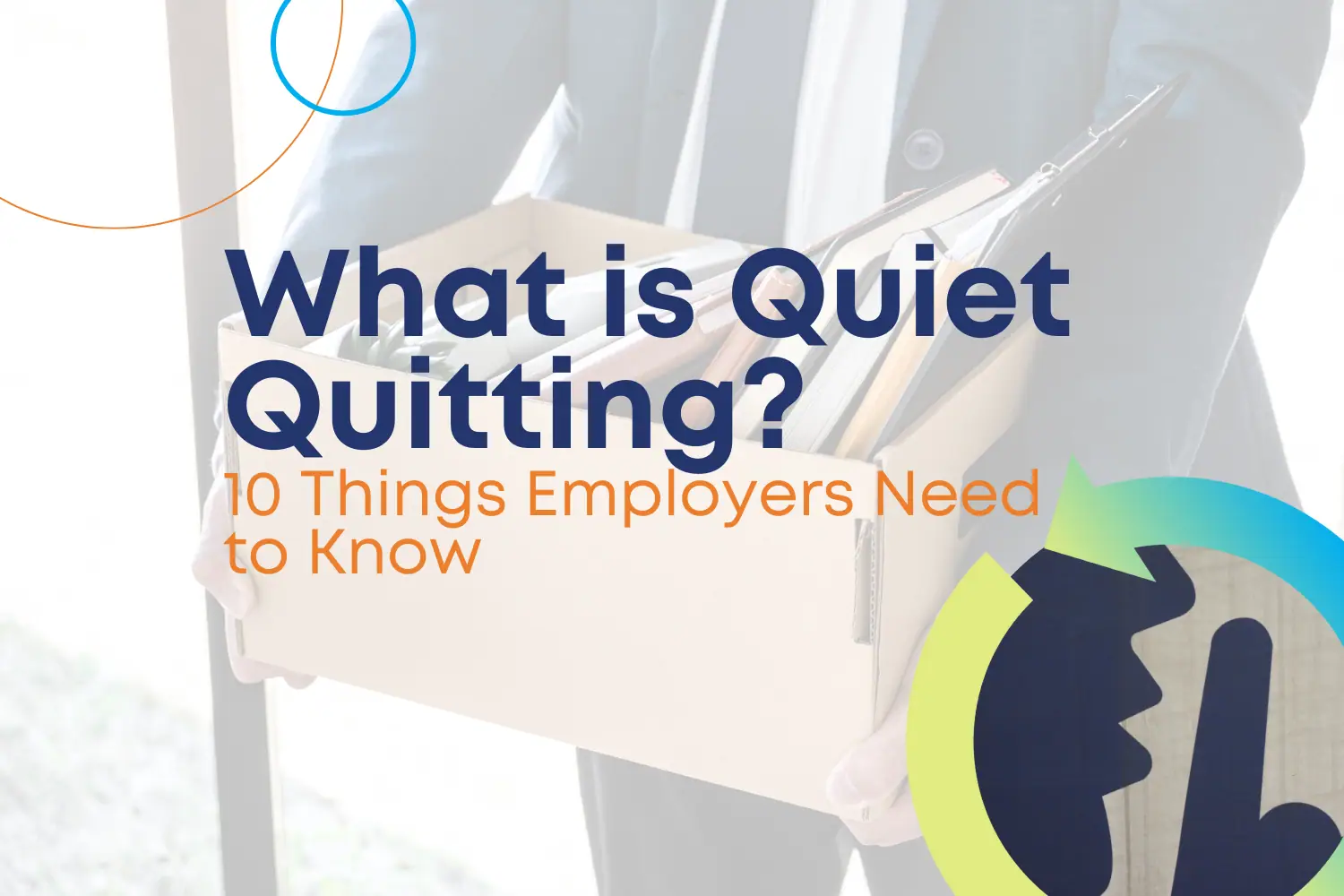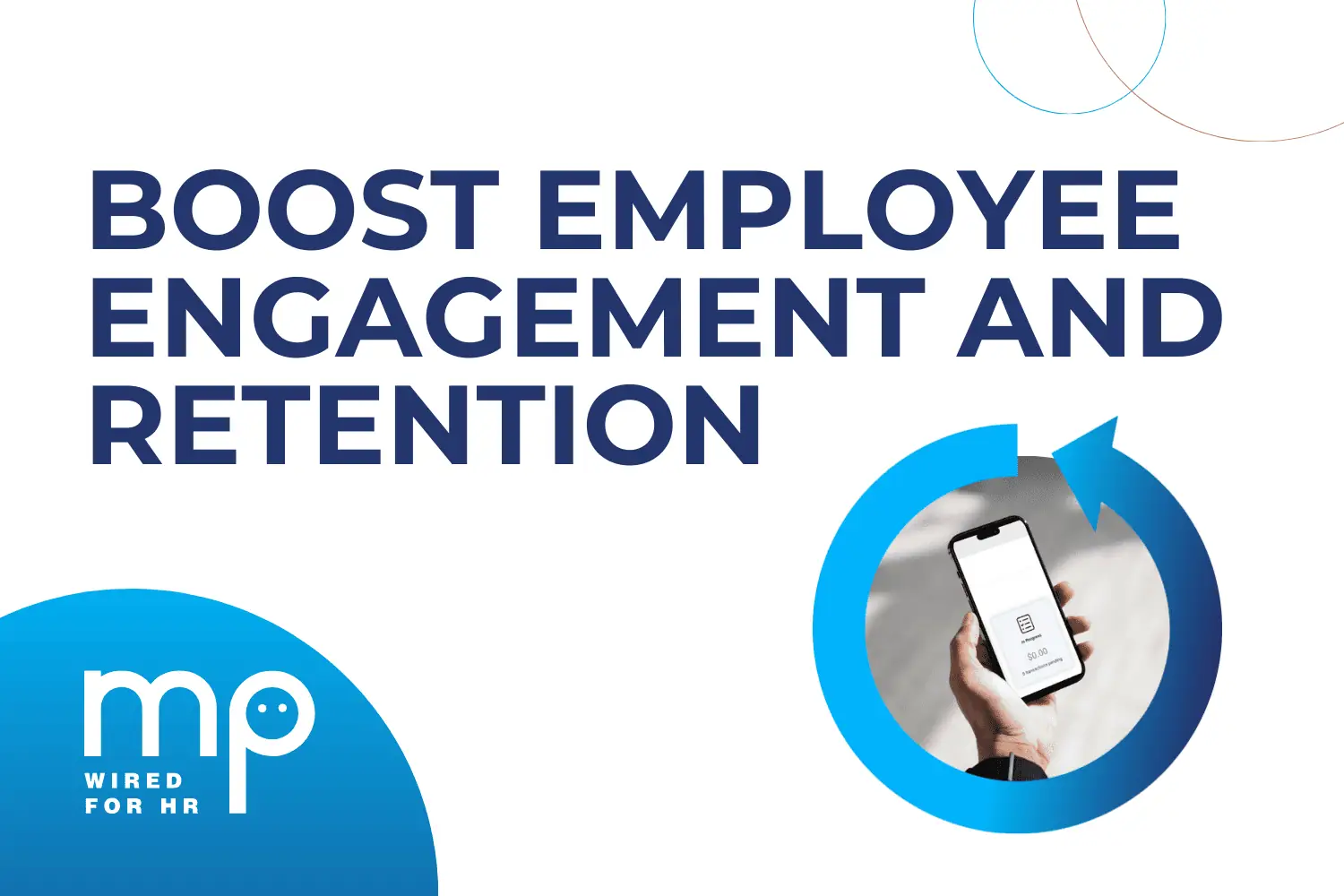Engaging Remote Workers and Preventing Burnout: 10 Key Strategies
June 2nd, 2021

Employers everywhere are concerned about burnout right now, but especially when they’re supervising remote employees. Not being able to see them or be in the same room makes it hard to gauge employee engagement for remote employees. HR providers like MP urges employers to take burnout seriously. Research has consistently shown that burnt out employees aren’t just unhappy. They are more likely to take sick days, have lower productivity, influence others on their team negatively, or even leave their employers for new positions. In partnership with Taryn Abrahams, founder of Empower Behavioral Services, LLC, MP’s HR services team shares a resource for managers and HR departments with 10 (free) tactics they can start implementing now to fight burnout and build a better corporate culture, even when their team is working remotely.
Graphic: Engaging Remote Employees
1. Start by managing your own stress.
It will be hard to support others if you are completely overwhelmed yourself. Taking time for your mental and physical health will pay off when you can be calmer and better able to support your team.
2. Be clear and transparent with communication.
Share what is going on in the company or team and try to answer concerns and questions in a genuine way. If employees are fretting about returning to work, share the plans that the workplace is considering. The more information they have, the less they will worry. As a manager, if you’re feeling stressed or overwhelmed sometimes, it can also be powerful to share that human connection.
3. Ask for feedback.
Let employees know that you’d like to hear about what they think is and isn’t going well when people are working remotely. Give them time to think about this and respond whenever they’re ready. Ask them for specific ways that you can better support them as a manager.
4. Be empathetic.
Try simply listening and making the employee feel heard. Especially if they’re discussing something personal, it can help to lend an ear, not immediately jump to advice or solutions. If you’re unsure what to say, try phrases like “That sounds difficult/upsetting/challenging.”
5. Remember that each employee’s experience is unique.
Be curious and ask what employees are struggling with—at work and outside of work (if they feel like sharing it). Try not to invalidate their unique experiences.
6. Evaluate the employee as a whole person.
Especially in a pandemic, performance evaluations shouldn’t just come down to metrics. Consider what is going on in the employee’s life and how that may impact their performance. Invite the employee to share this kind of information if their performance has suffered over the course of the pandemic.
7. Support PTO usage.
Encourage employees to take time off when needed. Model this among managers as well, publicly sharing when you’ll be on vacation. Rested and rejuvenated employees can perform at a much higher level. They’ll also influence their teammates to perform better and have a more positive attitude about work.
8. Provide recognition for achievements.
Help employees to find meaning in their work by praising their wins. This can be particularly powerfully when you do it publicly.
9. Use video calls more frequently.
Connecting with employees over video is the next best thing after face-to-face interaction. Much of communication is not in the voice, but in facial expressions and body language. Be wary of Zoom overload, but don’t neglect face time when it makes sense. This can also help you see if the employee seems particularly tired, stressed, or disengaged.
10. Never cancel meetings.
Keep planned meetings, even when it seems like there’s seemingly nothing to discuss. A brief check-in, even just to see how people are doing, will go a long way in engaging employees. These interactions may also start unexpectedly fruitful conversations about work topics.
Recent Posts
- Building the Right Leadership Path—From Insight to Implementation
- Building a High-Impact Leadership Development Strategy: A Step-by-Step Guide
- Why Leadership Training Matters in 2025 and Beyond
- The Real Reason Your New Hires Quit (And How to Fix It with Smarter Onboarding) – Zip Drive INCLUDED
- Learn & Grow: The Learning Management System for Employee Engagement and Retention
Categories
- ACA (10)
- AI (6)
- BizFeed (6)
- Business Strategy (119)
- COBRA (5)
- Compliance (203)
- COVID-19 (92)
- Diversity (12)
- eBooks (19)
- Employee Engagement (33)
- Employee Handbooks (24)
- ERTC (29)
- FFCRA (7)
- HR (306)
- MP Insider (13)
- Payroll (123)
- PFML (9)
- PPP (24)
- PTO (5)
- Recruiting (53)
- Remote Work (39)
- Return to Work (32)
- Unemployment (1)
- Wellness (22)
Archives
- May 2025
- April 2025
- March 2025
- February 2025
- January 2025
- December 2024
- November 2024
- October 2024
- September 2024
- August 2024
- July 2024
- June 2024
- May 2024
- April 2024
- March 2024
- February 2024
- January 2024
- December 2023
- November 2023
- October 2023
- July 2023
- June 2023
- May 2023
- April 2023
- March 2023
- January 2023
- December 2022
- October 2022
- September 2022
- August 2022
- July 2022
- June 2022
- May 2022
- April 2022
- March 2022
- February 2022
- January 2022
- December 2021
- November 2021
- October 2021
- September 2021
- August 2021
- July 2021
- June 2021
- May 2021
- April 2021
- March 2021
- February 2021
- January 2021
- December 2020
- November 2020
- October 2020
- September 2020
- August 2020
- July 2020
- June 2020
- May 2020
- April 2020
- March 2020



